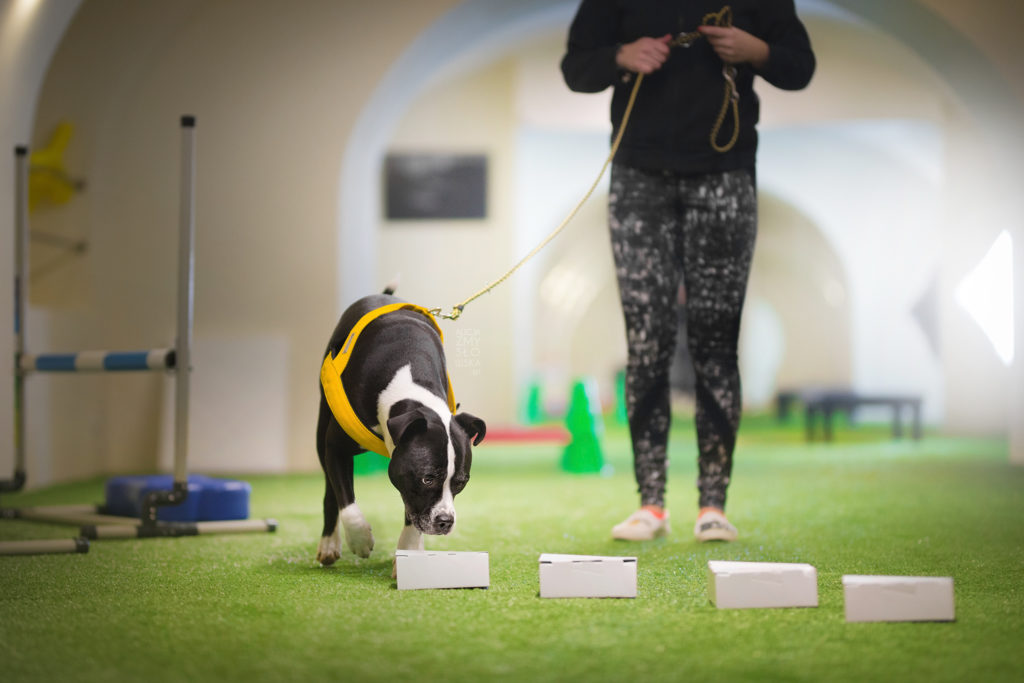
This post will start a series about nosework foundation skills. Each post will cover one skill. Today: Start of the search.
Crucial element that is often forgotten is how we introduce searches to our nosework dogs.
For me ideal start of the search routine looks like this:
Also same goes for mantrailing, although many things are different I laso want my dog to start solving puzzle immediately after start line.
Criteria:
- Dog’s focal point is forward towards the search area
- Dog starts working at the start like
- Immediately after release dog proceeds to solving puzzle
What I don’t want to see instead is this:
Examples of unwanted scenarios:
- Dog enters search area focused on the handler
- Dog looks back at the handler at the start line
- After release dog turns toward the handler for cues
- Handler gives cue while the dog is focused on another stimuli
- Dog offers sit, rolls in the grass, barks,
How to start introduce searches?
Majority of issues arise from too fast progression. Too challenging searches. As always it means we should go back to basics. No cool tricks will replace good foundation training. Although for me cool part of the training is mastering those foundations. It’s never late to go back to the beginning. Don’t consider it a failure rather a good training.

Nosework or any scent work is no different than any other sport or activity we do with our dogs. It also requires thoughtful planing and teaching behaviors. We need to break down nosework skills into as many teachable units as we can:
- Focus on a beginning of the search as a separate set of behaviors to target. Use visible odor holders to work on this exercise. Remember here we are working on just one part of the search patter chain – part between start line and response to search cue.
- Use strong concentration of odor for early stages of work. This will help your dog get “on the work mode” hit the scent cone at the start line. Odor because an antecedent for the search behaviors. It will be transfer later to your start line routine as a new cue.
- Work on threshold hides. Why? Same reason as why I want to use the strong concentration of odor. Also because they are close to start line we don’t prolong the search itself since it is not the target of this exercise.
- When you go beyond visible hides, stay in the very easy challenge level for a longer time. Believe me you don’t want to rush and increase complexity of the puzzles.
- Built a very predictable start line routine. Don’t worry about verbal cues just yet.
- Stay at the start line. Don’t follow your dog. I am a big advocate of adding a handler for the picture much later, when dog is already working independently
This and much more will be covered in my Nosework stage two course at Tromplo in July.
